No products in the cart.
African Statues

How do contemporary artists grapple with complex art practices? In an increasingly visually saturated world, artists hold power to shift paradigms, create social change, and impart impactful messages on their surrounding communities. Many professional artists choose to connect modern concepts with historical practices to tribute their roots and traditions that may have otherwise been forgotten. We see this connection within Woodrow Nash’s contemporary African statues.
Woodrow Nash’s sculptures intersect a contemporary visual language of realism, rich with the significant material culture of clay, with a historical ideology that references African statues and art. Through this juxtaposition, he examines the human physique from both a physical and spiritual lens; he constructs ceramic artworks that highlight both the body’s natural and mythological form. His empty-eyed sculptural busts hauntingly develop their own personalities, referencing the intricateness of the human body, while simultaneously calling upon male and female archetypes.



intrinsic power
In a sense, Nash awakens the viewer to seek answers within – to recognize the intrinsic power of the human form, to praise it, and to love ourselves, despite our imperfections. He does so while honoring his own race and family history. To celebrate Blackness as an American, he explicitly looks to his ancestry as a form of connection and commemoration. A pervasive intersectionality exists between American contemporary artists, who may look at social issues from a lens of inequality, and artists like Nash, who seek to uphold the canon of African-inspired art through a ceremonial lens. While both types of artists navigate empowered topics of diversity and power, Nash does so with a goal of recognizing the great aliveness of our psyches and souls. His artwork does not conjure abhorrent imagery of injustices, but instead, becomes a venerable tribute to everyone impassioned and driven to create, through artistry, through sculpture, and through deep exploration of an expanded consciousness.

Sensual & delicate

His sculptures are sensual – they delicately and accurately portray the human form through realistic proportion. His African statues have elegant posture and intense facial expression, which seek a real-life connection from the viewer: they are waiting to tell us their story, a narrative rich in symbolism and folklore, in which they prayed to their gods, gave homage to the land, honored their ancestors, bore children, created families, where people fought and died, and in which their tribe sought communal love above all. In one-piece, titled Yihana, meaning congratulations, a traditional Ghanaian name, a woman painted in a zebra-like pattern postures a pregnant belly. Nash upholds the values of motherhood and feminism through this celebration of the female form. Her nude body is not sexualized but honored as the creator of life itself. In many ways, all of Nash’s pieces honor humankind, in our never-ending attempt to live more deeply connected to ourselves, to our earth, for each other, and in the name of communal love.
Throughout his expression of humanity, he works with molds to create multiples of his sculptures; however, no two African statues are alike. The vibrant, expressive marks are uniquely painted and glazed with fervor. Nash dresses his sculptures in extravagant costumes and jewelry, emphasizing an iconography that ranges from stripes and interlocking geometric patterns to more subtle silhouettes. In his acclamation to more traditional cultures, Nash models his African statues after many tribal groups and regions, most notably 15th century Benin.
The Kingdom of Benin, also known as the Edo Kingdom, or Benin Empire, is now identified as southwestern Nigeria. Many people in this culture were craftworkers, and made functional tools for cooking, such as pots, pans along with weapons. Craftworkers were divided into groups called guilds, and spent a lifetime, just as Nash does, mastering one specific craft, learning the unique material processes, for both functional and decorative needs. They employed workers in guilds for wood carvers, ivory carvers, leather workers, weavers, and blacksmiths. The brass caster’s guild was of the highest class – as they were the only group allowed to work for the king. In Benin, their African statues were not made from stoneware or terra cotta, but instead, they constructed cast sculptures from brass and bronze using a technique called lost wax casting. In a similar additive process, Nash’s sculptural molds reference the intricate forms from the Benin Bronzes; his unique studio practice gives homage to these traditional African statues, referencing the commemorative heads of ancestral altars. Nash alludes to the ceremonial facets of these sculptures while celebrating the everyday person, emphasizing that every one of us carries a piece of God within us.



